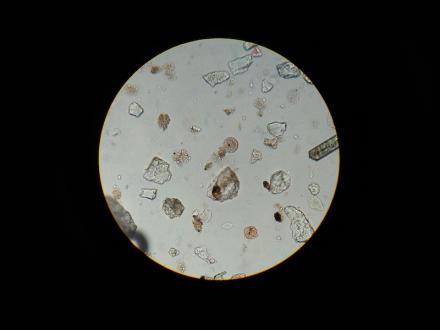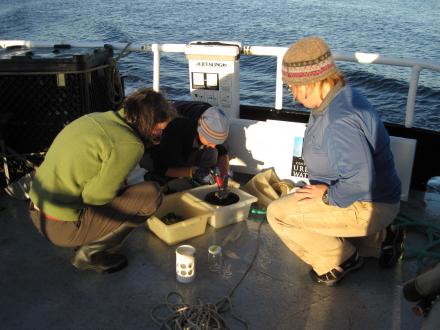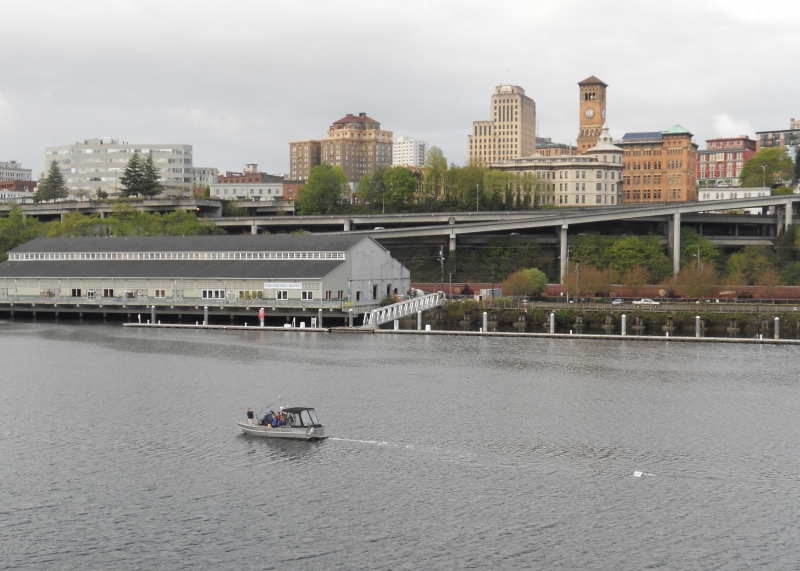Main Content

Microplastic Research in the News
- Wind pushes plastics deeper into oceans - UW Today, April 2012
- Tracking Microplastics - CBC Radio, September 2011
- American researchers study microplastic debris in Clayoquot - Canada.com, September 2011
- Microplastics: Harmful Marine Trash You Can't See - KUOW Radio, June 2011
- A little plastic in every scoop of Puget Sound - KING 5 TV, November 2010
Project Overview

Microplastics are defined as any solid material <5 mm that is comprised primarily of synthetic polymers. There currently are no standardized methods for collecting, identifying, and quantifying microplastics in environmental samples, nor is there a consistent terminology used to describe the issue.
Simply stated, we do not currently know levels of microplastics in the ocean (water, sediments, organisms), the spatial and temporal distribution of microplastics, the sources of these materials (either in absolute or relative terms), or the direct or indirect impacts microplastics may be having on marine life. From a basic understanding of the processes degrading plastic in the environment, it is likely that marine microplastics will persist in the ocean for very long times, and that levels of microplastics are likely accumulating world-wide (Thompson et al., 2004).
Calls for management of microplastic inputs to the oceans, however, cannot be addressed without basic knowledge of how microplastics enter the ocean, how they are distributed, and what impacts they may have on organisms. Those questions, in turn, depend on the development of well-characterized and understood sampling, analytical, and reporting methods.

There have been a handful of observations of microplastics in the marine environment, made using a variety of sampling and analytical methods. While the abundance of microplastic particles, at least those detected with existing approaches, is often relatively low, there has been no systematic survey of microplastic levels in likely "hot spots" near sources or accumulation zones.
In addition, the sources of microplastics to the marine environment are largely unknown, especially the relative importance of disintegration of largermarine debrisrelative to release of microplastic particles used in industrial and consumer products. This is a field in its infancy, and before conducting any rational risk assessment we must develop standardized sampling and analytical techniques and begin to understand the relative importance of microplastic sources.
